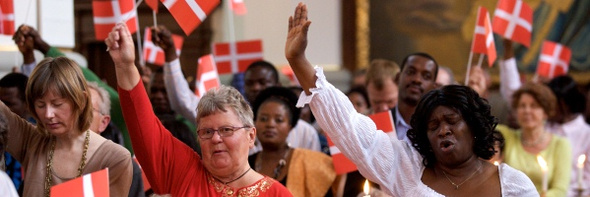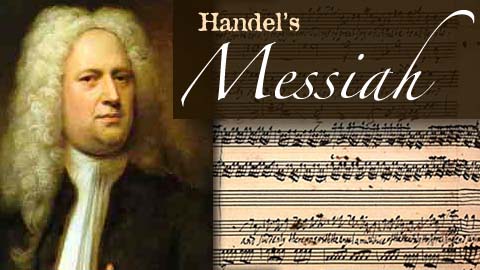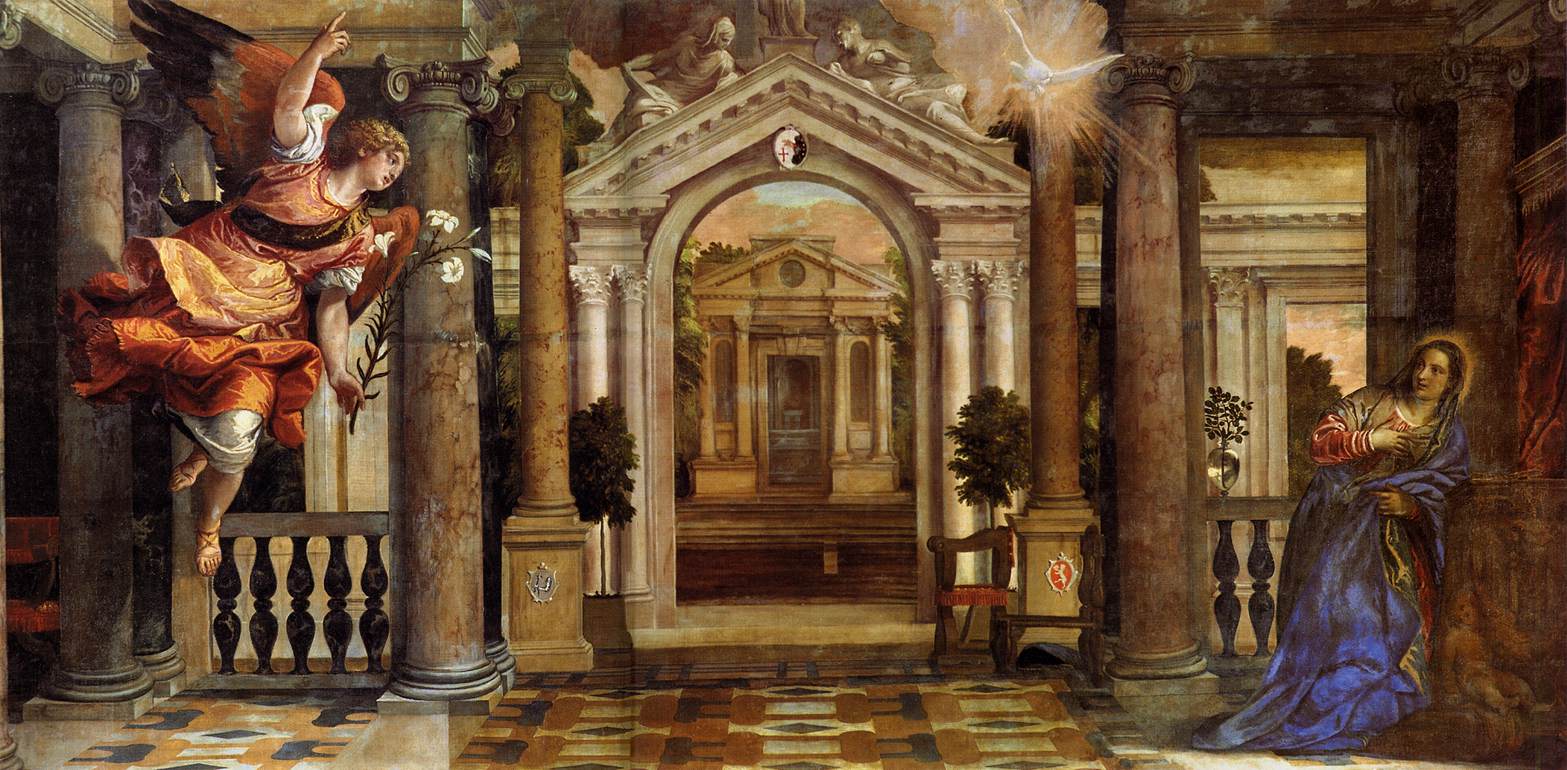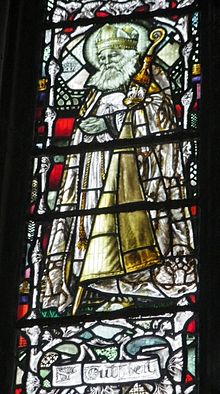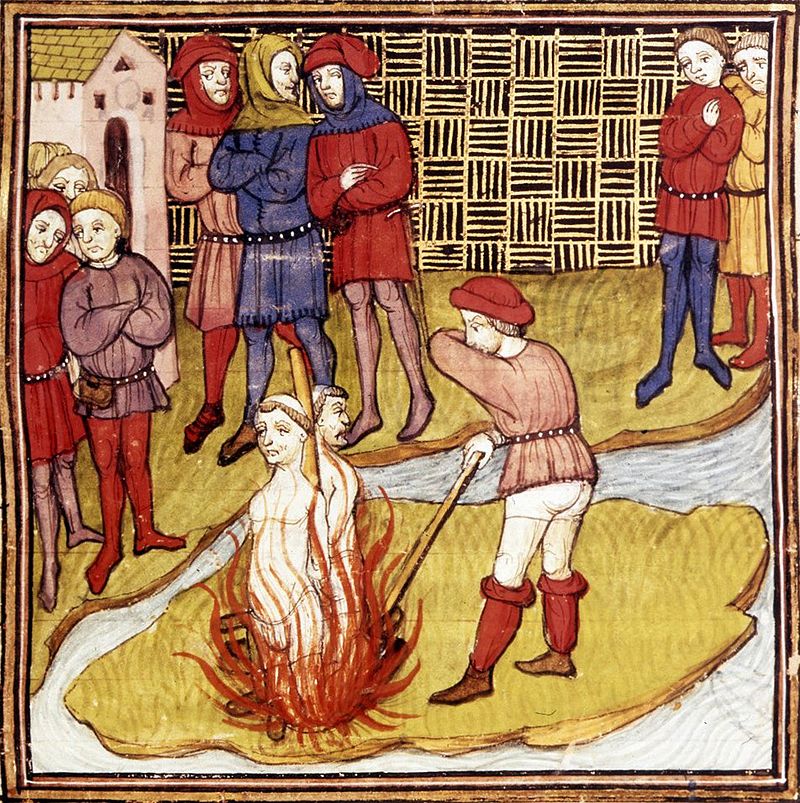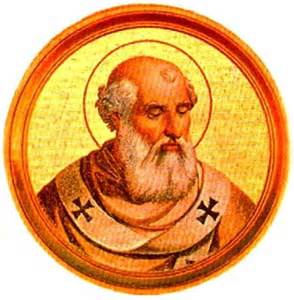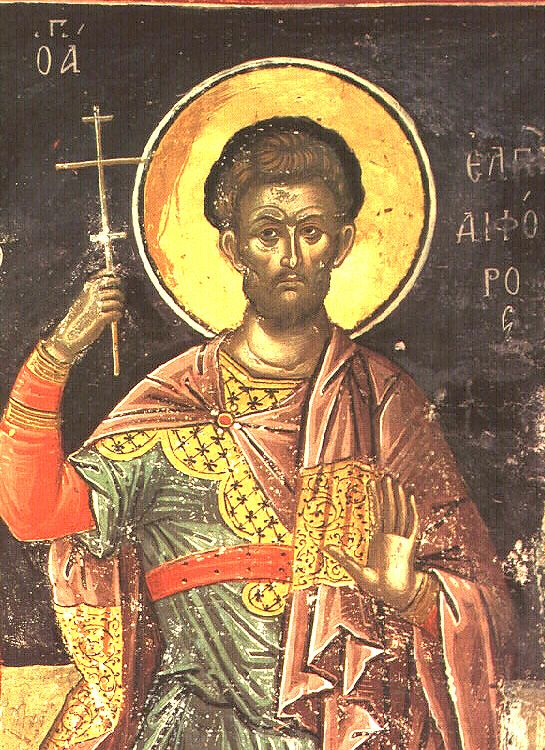
345
Persians martyr 120 Christians
Alvin Butler (1711-1773) was an English Roman Catholic priest who wrote a massive series of hagiographies known today as Butler’s Lives of the Saints. In it he chronicles the careers of hundreds of saints, some of them extremely obscure. In the following excerpt, Butler reminds us that even after the Roman empire had ceased to persecute Christians, other regimes were less tolerant. In the fourth century the mighty Persian empire of the Sassanid dynasty was a Zoroastrian stronghold and prone to regard foreign sects with suspicion and violence. Shapur the Great (309-79), whom Butler calls “Sapor”, was continually at war with Rome and perhaps as a consequence instituted a harsh campaign against Christianity:
Sapor being at Seleucia, caused to be apprehended in the neighboring places one hundred and twenty Christians, of which nine were virgins, consecrated to God; the others were priests, deacons, or of the inferior clergy. They lay six months in filthy stinking dungeons, till the end of winter: during all which space Jazdundocta, a very rich virtuous lady of Arbela, the capital city of Hadiabena supported them by her charities, not admitting of a partner in that good work. During this interval they were often tortured, but always courageously answered the president that they would never adore the sun, a mere creature for God; and begged he would finish speedily their triumph by death, which would free them from dangers and insults.
Jazdundocta, hearing from the court one day that they were to suffer the next morning, flew to the prison, gave to every one of them a fine white long robe, as to chosen spouses of the heavenly bridegroom; prepared for them a sumptuous supper, served and waited on them herself at table, gave them wholesome exhortations, and read the holy scriptures to them. They were surprised at her behavior, but could not prevail on her to tell them the reason. The next morning she returned to the prison, and told them she had been informed that that was the happy morning in which they were to receive their crown, and be joined to the blessed spirits. She earnestly recommended herself to their prayers for the pardon of her sins, and that she might meet them at the last day, and live eternally with them.
Soon after, the king’s order for their immediate execution was brought to the prison. As they went out of it Jazdundocta met them at the door, fell at their feet, took hold of their hands, and kissed them. The guards hastened them on, with great precipitation, to the place of execution; where the judge who presided at their tortures asked them again if any of them would adore the sun, and receive a pardon. They answered that their countenance must show him they met death with joy, and contemned this world and its light, being perfectly assured of receiving an immortal crown in the kingdom of heaven. He then dictated the sentence of death, whereupon their heads were struck off.
Jazdundocta, in the dusk of the evening, brought out of the city two undertakers, or embalmers for each body, caused them to wrap the bodies in fine linen, and carry them in coffins, for fear of the Magians, to a place at a considerable distance from the town where she buried them in deep graves, with monuments, five and five in a grave. They were of the province called Hadiabena, which contained the greatest part of the ancient Assyria and was in a manner peopled by Christians. Helena, queen of the Hadiabenians, seems to have embraced Christianity in the second century. Her son Izates, and his successors, much promoted the faith; so that Sozomen says the country was almost entirely Christian. These one hundred and twenty martyrs suffered at Seleucia, in the year of Christ 345, of king Sapor the thirty-sixth, and the sixth of his great persecution, on the 6th day of the moon of April, which was the 21st of that month.
